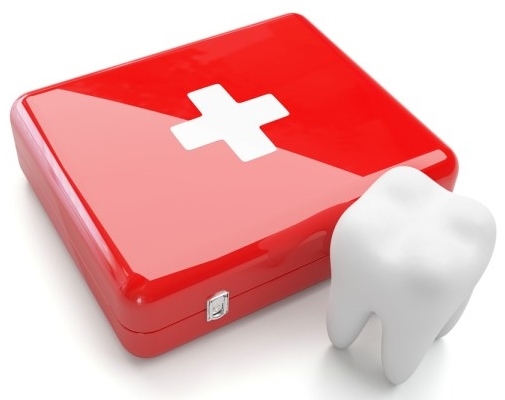PRINTED IN TCI WEEKLY NEWS
April 14th, 2012
This article is the last in a series of three outlining the steps that should be followed if you find yourself dealing with a dental emergency.
Being informed will help you to be better prepared which could be the difference between saving or losing a tooth. As part of being prepared for a dental or any medical emergency it is advisable to save in your phone the contact numbers for your dentist, doctor and hospital.
Mark Osmond Dental Clinic: (649) 432 3777
Cheshire Hall Medical Centre, Provo: (649) 941 2800
Cockburn Town Medical Centre, Grand Turk: (649) 941 2900
Dental Abscess
An abscess is an infection that occurs at the root of a tooth or in the space between the teeth and the gums. Abscesses can be extremely painful and, if left untreated, can irreparably damage gum tissue, the surrounding bone and other teeth. In extreme cases it can impact your overall general health.
If you can see a pimple- like swelling on your gum that is painful this could indicate that you have an abscess. You should seen a dentist as soon as possible. An antibiotic will often by prescribed to treat the infection and treatment planned to deal with the cause of the infection. As a quick fix to ease pain and help draw the infection (pus) to the surface, rinsing the mouth with a mild salt water solution is advised. An over-the-counter medicine such as acetaminophen (Tylenol) or ibuprofen (Advil) can be taken in the short term to help relieve pain.
Broken braces
If a wire breaks or sticks out of a bracket or band it can be uncomfortable if it is poking into your cheek or gum. As a quick fix, try using the eraser end of a pencil to bend the wire into a better position. If you are unable to do this, try to cover the end of the wire with a piece of gauze until you can get to your orthodontist or dentist. Do not attempt to cut the wire yourself.
Lost Invisalign Aligner
If you have lost the aligner that you should currently be wearing, revert back to the previous one or, if you were close to changing to the next, switch to the next one in the series. If you have reverted back then contact your dentist as soon as possible so that a replacement aligner can be ordered.
Soft Tissue Injuries
This is anything that involves injury to the tongue, cheeks, gums or lips and generally results in bleeding. To control bleeding, follow the steps below.
- Rinse the mouth with a mild saline (salt-water) solution.
- Use a damp piece of clean gauze or cloth and apply pressure the bleeding site. Hold firmly in place constantly for 10 minutes. To be effective keep the pressure on for the full time, do not keep removing it to check if the bleeding has stopped.
- Hold a cold compress to the outside of the mouth or cheek in the affected area. This will help to control the swelling and also help with pain relief.
- If the bleeding does not stop or if the injury looks as though it may require stitches, see your dentist or go to the emergency room immediately. Continue to apply pressure in the area of the bleeding site with the gauze/cloth until you can be treated.
Jaw injury/ suspected fracture
Gently apply a cold compress to the site to help relieve pain and reduce swelling and immediately seek medical attention with your dentist or at the emergency room. Try to keep your mouth closed with the teeth all in contact. This will help the jaw bone stay in the correct position. If you feel you cannot close your mouth properly, this can mean something is broken and out of position.
Finally, if you find yourself dealing with any dental emergency situation, try to stay calm and if in any doubt call your dentist or hospital immediately.